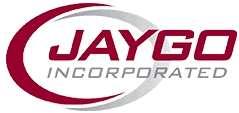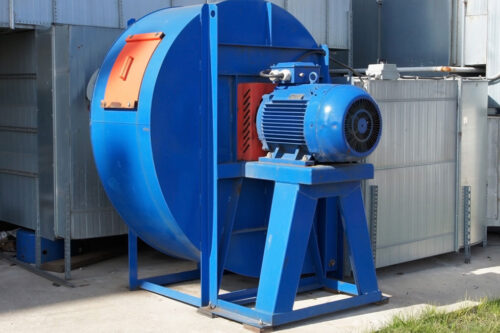What to Consider before You Purchase a Mixer for Your Business
Mixing equipment is an essential component in many industries that require blending materials. These machines combine various materials, including liquids, powders, and solids. Many different types of mixing equipment types are available on the market, making it challenging to select the best one. This blog will discuss what you need to consider before choosing mixing equipment.
Size of Mixing Equipment
If the size of the mixer doesn’t match the amount of material that needs to be mixed, the material may not be mixed well or may be overworked, which can lead to low-quality finished products or inefficient mixing. Choosing the wrong mixer size can lead to problems such as uneven mixing, over-mixing, or under-mixing.
For example, if the mixer is too small, it will be hard to make a mixture that is all the same. The mixing process may take longer and lead to reduced productivity. If the mixer is too large, it may lead to material clumping or settling.
Cleaning and Maintenance
Proper cleaning and maintenance procedures help to prevent equipment breakdowns and reduce downtime. If you don’t clean and maintain mixing equipment, the quality of the finished product goes down, and the machine’s internal parts get damaged. It causes things to break down and need repairs more often, which makes things less efficient and productive.
It can be a safety risk for operators, especially when handling hazardous materials. Some equipment needs to be taken care of with special tools or knowledge, which can add to costs and downtime. So, it’s important to follow the steps for cleaning and maintenance that the manufacturer gives.
Risk of Cross–Contamination
Cross-contamination can occur when materials from different batches mix, contaminating the final product. This can happen due to the mixing equipment’s design or the cleaning and maintenance procedures. To prevent cross-contamination, select mixing equipment that minimizes the risk of unintended mixing.
For instance, equipment that can drain itself keeps the leftover product from staying in the mixer and getting mixed up with the next batch. Equipment with smooth surfaces and no cracks makes the product less likely to build up and cause contamination.
Material Properties
When you mix materials, they have different properties, which may cause unintended chemical reactions. These reactions can damage the mixing equipment and even pose a safety risk. You should also ensure the mixing equipment can handle those materials safely and effectively.
For example, some materials may require specialized mixing equipment, such as high-shear mixers. In this case, choose equipment for mixing that can handle the materials and reduce the chance of bad reactions. In this case, choose equipment for mixing that can handle the materials and reduce the chance of bad reactions.
Type of Mixing
The amount of mixing you need depends on the materials, the final product, and the environment. Some need gentle mixing, while others need intense mixing, like high-shear mixing. The materials’ viscosity, flowability, and particle size can also affect the required mixing. Some materials need specific agitation speeds, mixing times, or temperatures to blend.
Choose the right mixing equipment for your specific process to get the quality you want and reduce waste, which helps you save energy and increase efficiency. Using the right equipment leads to product consistency, better blending, less downtime, and lower production costs.
If you’re in the market for mixing equipment, consider the factors we’ve discussed before you make a decision. At Jaygo Inc., we specialize in providing high-quality mixing equipment for a wide range of industries. Contact us, and our team of experts will help you choose the right equipment for your needs and give you ongoing support to make sure your mixing operations go smoothly.


